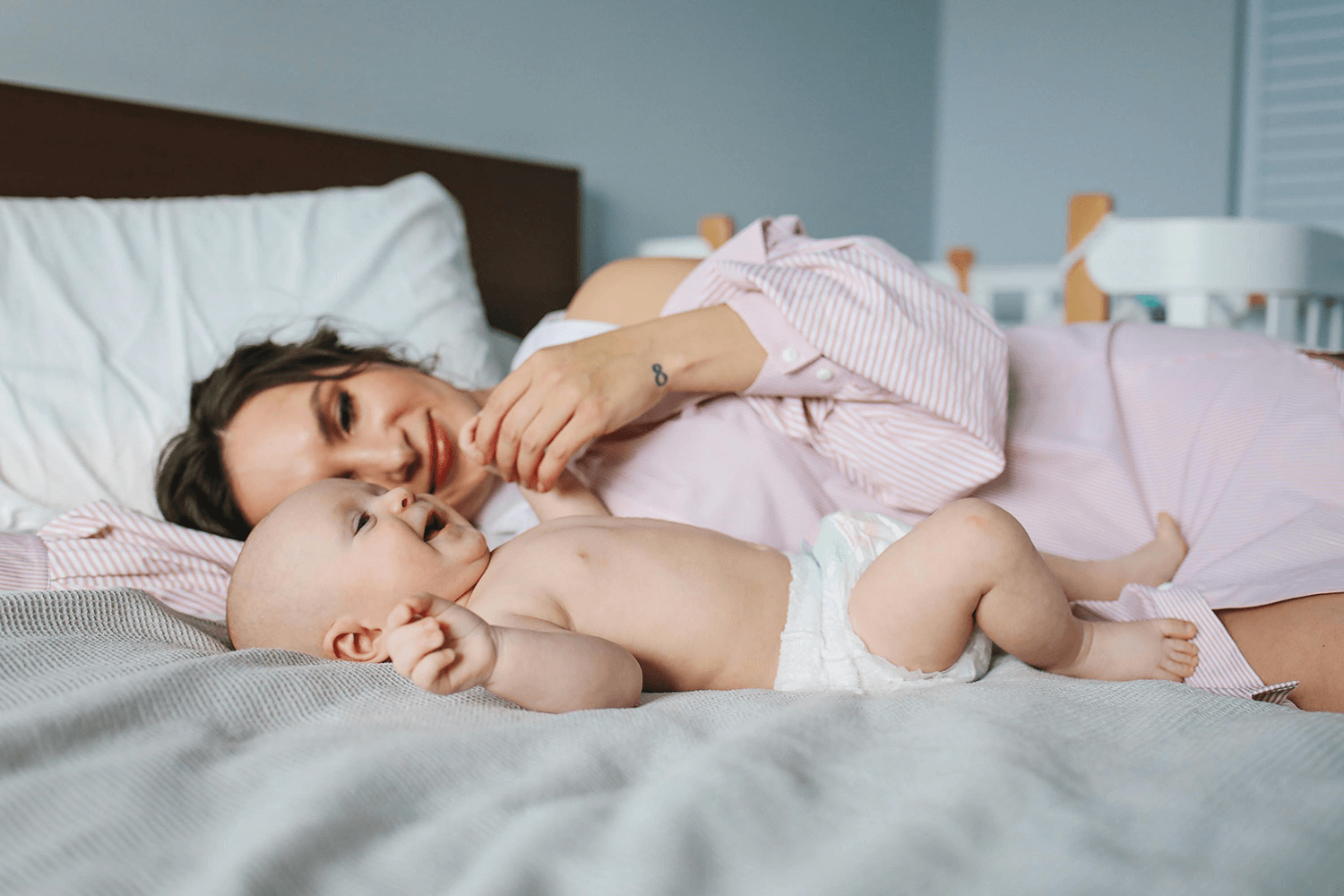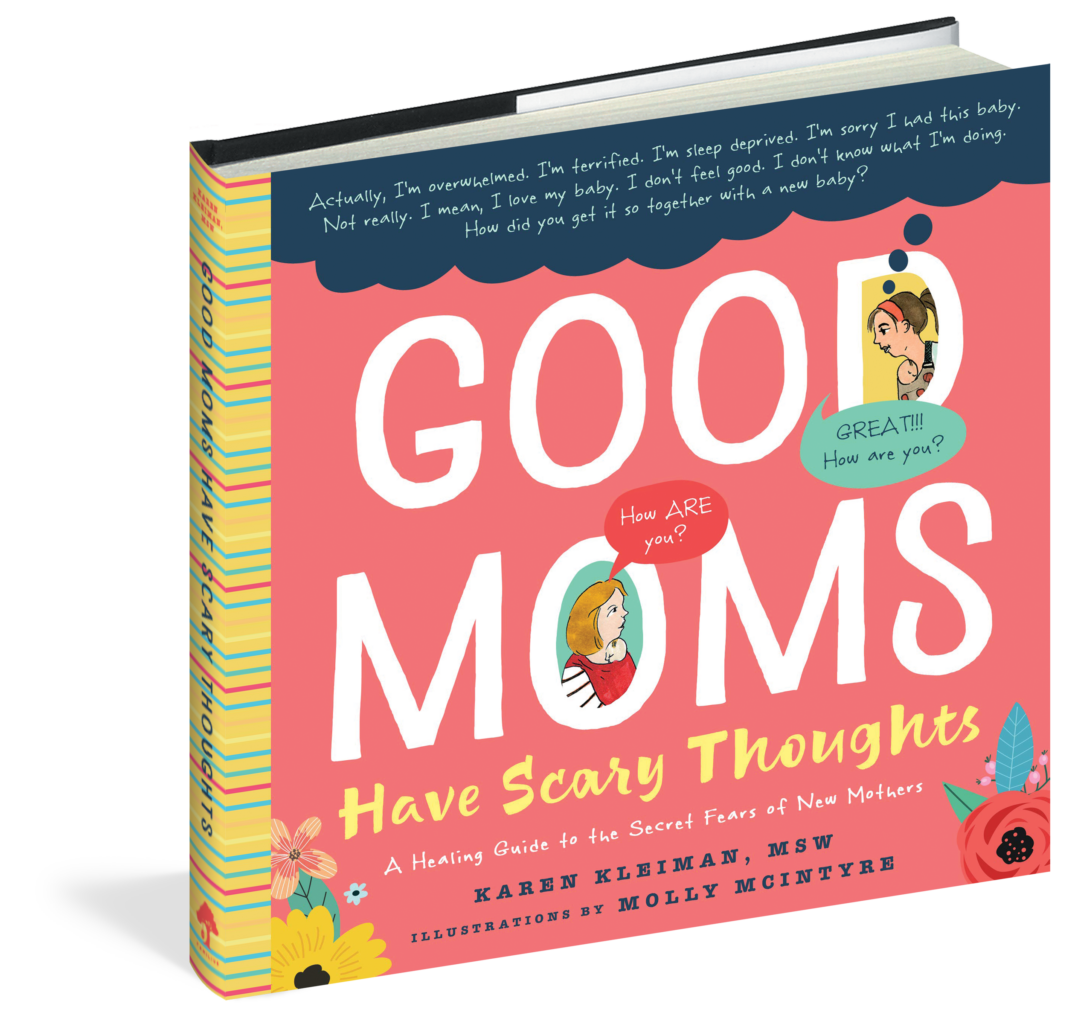
Is It Baby Blues or Postpartum Depression?: 10 Ways to Tell
Most new moms experience the baby blues, but postpartum depression is becoming increasingly more common. What’s the difference, and what can you do?
So, you’ve had a baby, but things aren’t quite what you expected. You keep waiting for the happiness to kick in, the joy of parenthood, but it doesn’t even seem to be a glimmer on the horizon. Yes, the first few months are hard, but are they supposed to be this hard?
The postpartum experience is different for every mom, but some sadness, anxiety, and emotional upset is completely normal. In fact, nearly 80 percent of new moms experience the “baby blues.” And 1 in 7 women experience postpartum depression. But what’s the difference? And how can you tell?
Baby Blues vs. Postpartum Depression
Both baby blues and postpartum depression are known for causing sadness, anxiousness, and even anger in women after birth. The difference is mostly in the severity and duration, but there are a few other signs that will help you understand your mental health and emotions.
1. Duration of Symptoms
Postpartum blues typically last for a short period, usually within the first two weeks after childbirth, and resolve on their own without treatment. Postpartum depression symptoms are more persistent and can last for weeks or months without improvement.
2. Severity of Symptoms
While both conditions involve mood changes, the severity of symptoms is often more pronounced in postpartum depression. Symptoms of postpartum blues are generally milder and do not interfere significantly with daily functioning.
3. Intensity of Mood Swings
Mood swings are common in both postpartum blues and postpartum depression. However, in postpartum depression, the mood swings are often more intense and may include feelings of extreme sadness, hopelessness, or emptiness.
4. Persistent Feelings of Sadness or Hopelessness
While it’s normal to feel sad or emotional after childbirth, persistent feelings of sadness, hopelessness, or despair that last for an extended period may indicate postpartum depression.
5. Loss of Interest or Pleasure
Mothers experiencing postpartum depression may lose interest in activities they previously enjoyed. This loss of interest or pleasure in activities is often more pronounced and persistent than what is typically experienced with postpartum blues. Especially because it continues for an extended period of time.
6. Changes in Appetite or Weight
Significant changes in appetite or weight, such as overeating or undereating leading to noticeable weight gain or loss, may be signs of postpartum depression. While the same can happen with postpartum blues, the eating habits and weight fluctuation should return to normal more quickly than they would with postpartum depression.
7. Sleep Disturbances
Both postpartum blues and postpartum depression can involve sleep disturbances, but in postpartum depression, these disturbances are often more severe and persistent. They often persist long enough to lead to insomnia or excessive sleep.
8. Difficulty Bonding with the Baby
Mothers with postpartum depression may have difficulty bonding with their newborn. This can manifest as feelings of detachment, resentment, or a lack of interest in caring for the baby.
9. Withdrawal from Family and Friends
Postpartum depression may lead to social withdrawal, where the mother avoids interacting with family and friends. This withdrawal can be more pronounced compared to the temporary social withdrawal often experienced with postpartum blues.
10. Thoughts of Harming Oneself or the Baby
Perhaps the most serious distinction, thoughts of self-harm or harming the baby are red flags for postpartum depression. Many good moms experience these thoughts with postpartum depression, and whether the thoughts are temporary or persistent, seeing a healthcare professional is a mom’s way of taking care of herself and the baby.
Regardless of whether a new mom is experiencing baby blues or postpartum depression, if her mental health starts affecting her daily life and ability to take care of herself and her baby, then it’s crucial to find support, both personal and professional. All of these emotions are very real and should be cared for gently and immediately.
Quick Tools for Handling Postpartum Mental Health
Baby blues, postpartum depression, or simply postpartum emotions, it’s important for new mothers to take care of their mental health. If you’re experiencing any mood swings, difficult emotions, or uncomfortable thoughts and think that they could be something more serious, try using these tools. (They also pair well with professional care.)
Self-Care Practices
As a new mother (or veteran mother), it’s important to take short breaks when possible, get enough rest, eat nutritious meals, stay hydrated, and find moments for relaxation or enjoyable activities. Even small acts of self-care, such as listening to music, reading a book, or going for a walk, can help alleviate some of the symptoms associated with the postpartum experience.
Social Support
Reach out to trusted friends, family members, or support groups for emotional support and practical assistance. Sharing your feelings with others who have experienced similar challenges can provide validation, empathy, and encouragement. Don’t hesitate to ask for help with childcare or household tasks if needed.
Mindfulness Techniques
Practice mindfulness exercises, deep breathing, meditation, or gentle yoga to help calm your mind and reduce stress. These techniques can be done in short increments throughout the day, whenever you have a moment to spare.
Discover More Ways to Navigate Your Postpartum Journey

Good Moms Have Scary Thoughts

Mothers of the Village

Spilt Milk Yoga
Shaelyn Topolovec earned a BA in editing and publishing from BYU, worked on several online publications, and joined the Familius family. Shae is currently an editor and copywriter who lives in California’s Central Valley.
